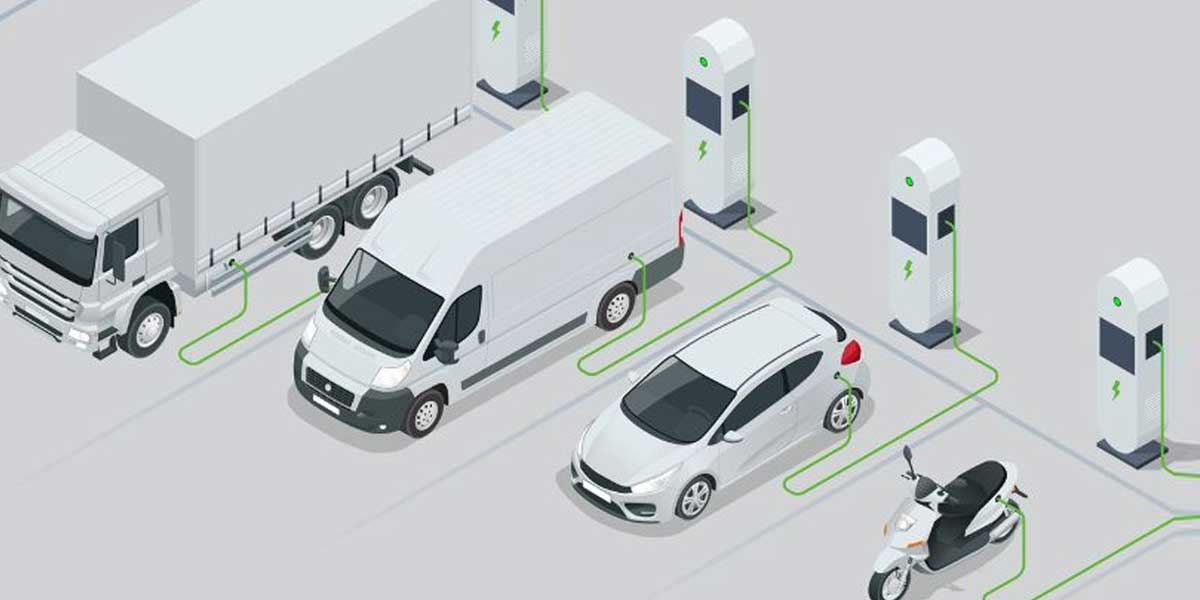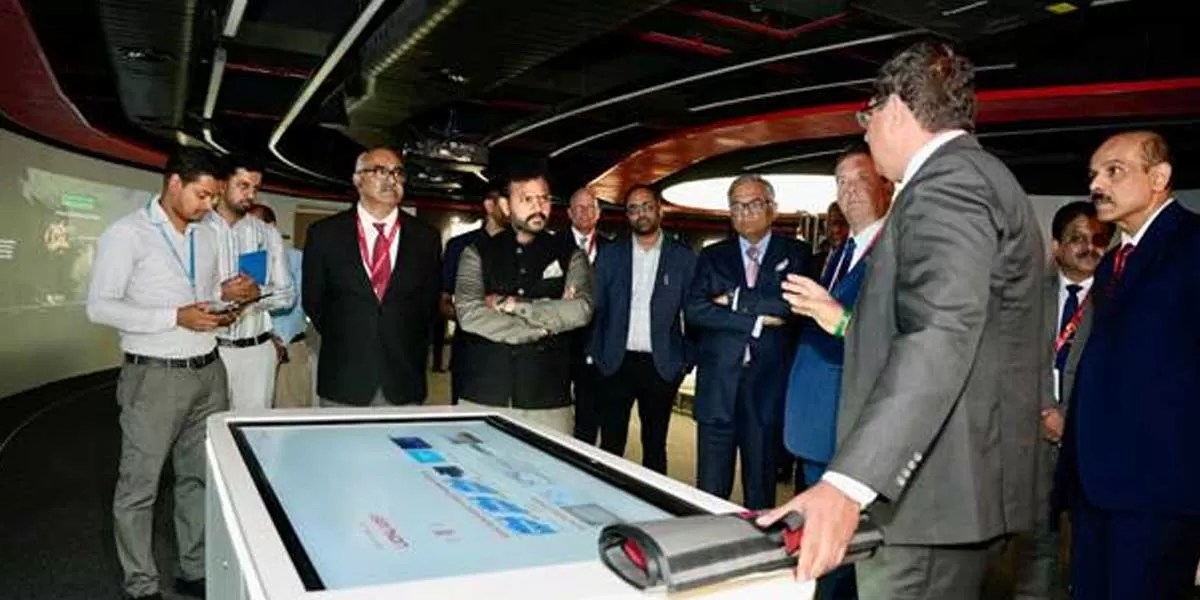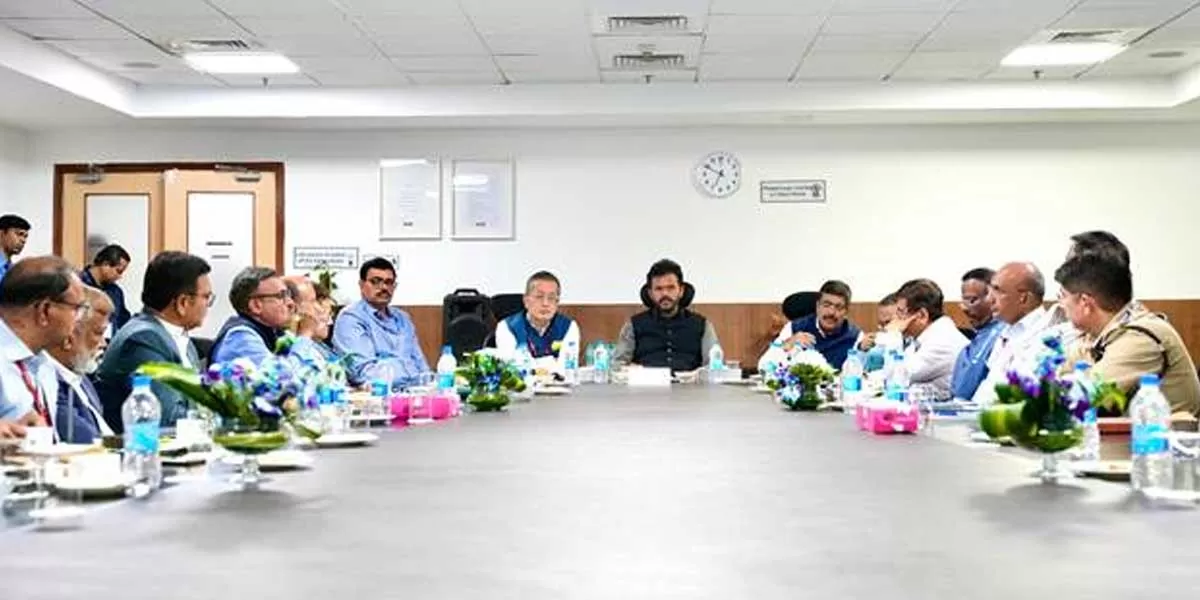
Electric Vehicle Fleet to Hit 700 million by 2040

Akshay Kumar Sells Office in Mumbai for Rs 80 Million: Square Yards
Bollywood star Akshay Kumar has sold his office space in Lower Parel, Mumbai, for Rs 80 million, according to property registration documents reviewed by Square Yards on the website of Inspector General of Registration (IGR). The transaction was registered in April 2025.Lower Parel, one of Mumbai’s prime residential and commercial hubs, offers premium living spaces with seamless connectivity to business districts such as Bandra-Kurla Complex (BKC) and Nariman Point. Bollywood stars like Abhishek Bachchan, Shahid Kapoor, Amish Tripathi and Manoj Bajpayee, also own properties in Lower Parel, a..

Aviation Minister Unveils Air India Gurugram Safety Promotion Centre
Union Civil Aviation Minister Shri Ram Mohan Naidu visited Air India’s headquarters and training facilities in Gurugram, reaffirming the government’s focus on enhancing safety, training, and operational excellence in Indian aviation.During his visit, the Minister toured the Air India Experience Centre, highlighting the airline’s 92-year journey and its transformation under Vihaan.AI. He also reviewed critical infrastructure such as the Emergency Control Centre (ECC) and the Integrated Operations Control Centre (IOCC)—key hubs for ensuring operational resilience and punctuality.At the A..

Civil Aviation Minister Reviews Delhi Airport Runway Upgrade Progress
Union Civil Aviation Minister Shri Ram Mohan Naidu chaired a high-level stakeholder meeting at Delhi Airport to assess the operational challenges arising from the upgradation of runway 10/28 and the impact of unexpected westerly winds. Attendees included officials from the Ministry of Civil Aviation, Airports Authority of India (AAI), DGCA, Delhi International Airport Limited (DIAL), airline representatives, and CISF personnel.The Minister emphasised the need to minimise disruptions to passenger movement and airline operations, urging all stakeholders to engage in collaborative and comprehensi..














